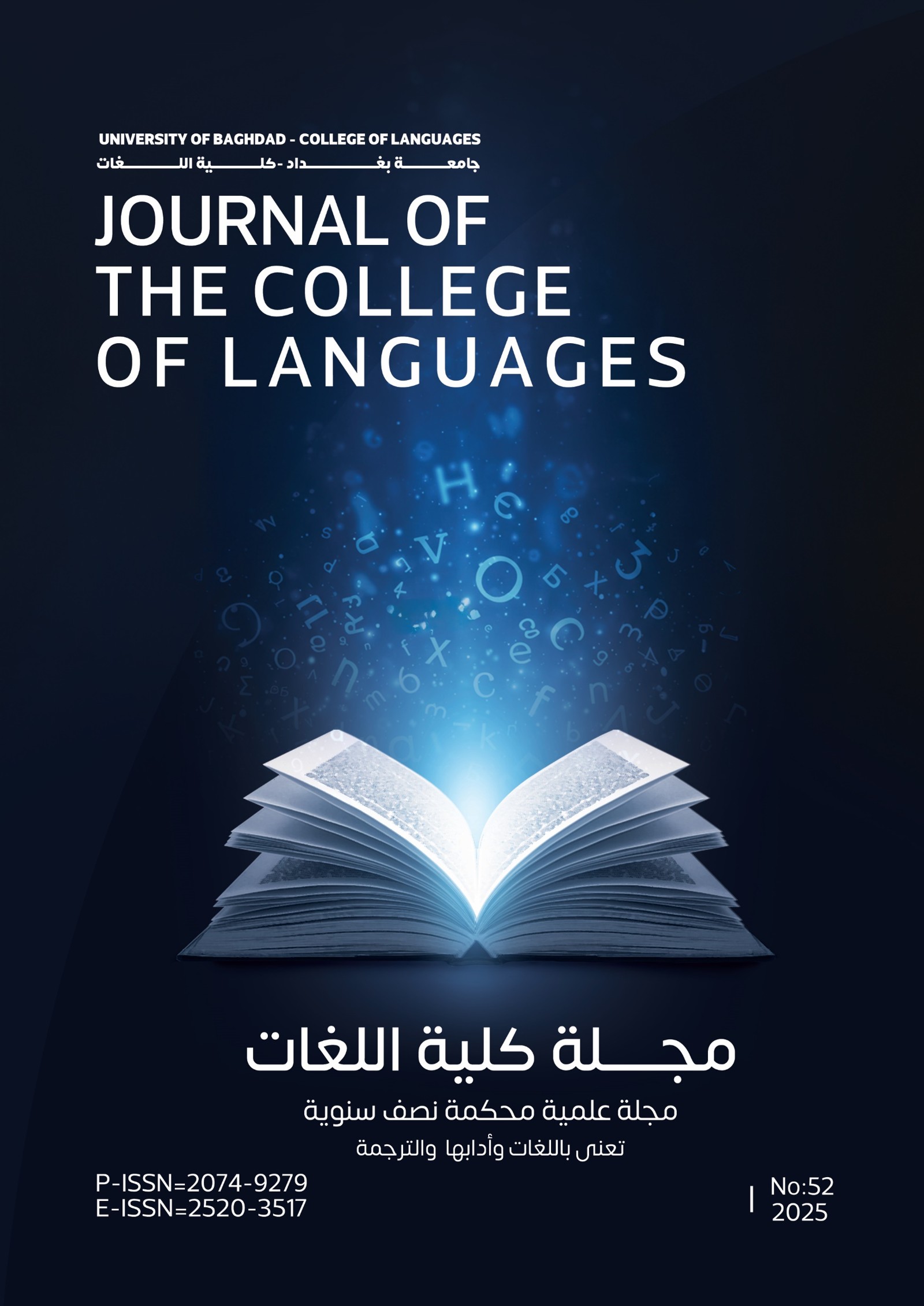The role of presupposition in the interpretation of the Qur'anic letters (Sharif Morteza, Mullah Sadra and Gonabadi)
بررسی تأثیر پیش فهمها بر فهم مفسران از حروف مقطعه در قرآن (شریف مرتضی، ملاصدرا و گنابادی)
DOI:
https://doi.org/10.36586/jcl.2.2023.0.47.0301Keywords:
Sharif Morteza, , Mulla Sadra, Sultan Alishah Gonabadi, The mysterious letters, Mulla Sadra’s interpretation, Gonabad’s interpretationAbstract
The mysterious letters, the philosophy of existence and the meaning of these letters in the Qur'an is one of the mysterious issues that has always occupied the minds of Interpreters. Each Interpreter has tried to provide his own interpretation and understanding of these mysterious letters. Since these letters are part of the surah of the Qur'an and at the same time, the appearance of these letters, unlike other verses, does not indicate meaning, the commentators have approached these verses with their preconceptions. In this article, an attempt has been made to investigate the role of pre-interpreters of descriptors in a descriptive and analytical method in finding the meaning of syllables. However, each of them has tried to interpret the letters with their own preconceptions and interpret the desired meaning based on it. Alam al-Huda, due to his rationalism and unparalleled mastery of Arabic theology and literature, has tried to provide a rational interpretation of the syllables in accordance with the custom and circumstances of the time of the revelation. On the other hand, Sadra and Gonabadi consider travel and cultivation necessary to find the meaning of the Qur'an.
References
Arabic sources
Al-Santorini, A. (1979), Al-Zakhira fi Mahasin Ahl al-Jazirah, Investigator: Iḥsān ʻAbbās, Libya - Tunisia, Dar Al-Arab llekitab, vols. 1-8.
Khallikān, I. (1900). Wafayāt al-A ‘yān wa Anbā’Abnā’al-Zamān, ed. Iḥsān ‘Abbās. Beirut:Al- Dār al-Al-Arabiyya Lil-kitab. Beirut, Dar Sadir, vols. 1-7.
Al-Hamawi, Y. (1993). Mu’jam al-Buldan. Ed, Ihsan Abbas, Beirut, Dar al-Gharb al-Islami, vols. 1-7, first ed.
Al-Deeb, A. A. (2016), The Holy Qur’an in historical sequence according to Al-Azhar in abstract Kufic, spelling and Ottoman with modern punctuation marks, Qur’an sources, reasons for revelation, different readings, abrogating and abrogated, meanings of words, linguistic and construction errors, Switzerland, second edition of Islamic law, Switzerland.
Shah, S. A., & ibn Haydar, S. M. (1372). Matn wa Tarjomeh Farsi Tafsir Sharif Bayan al-Saadah fi Maghamat al-Ebadah, Serr al-Asrar, Tehran, Ed. 1. (Text and Persian Translation of Honorable Exegesis Expression of Happiness in the Levels of Worship, the Secret of the Secrets).
Sadr AL-Ddin Sh. (1361), Tafsir Al-Quran Al-Karim (Sadra), corrected: Khajawi, Muhammad, Qom, Bidar, vols. 1-7, 2nd ed.
Alam A., A. B. (1431 BC), Tafsir Al-Sharif Al-Murtada called "Nafais Al-Tawil", muassisat Al-Alami lelmatbuat - Beirut - Lebanon, vols. 1-3, 2nd ed.
Nehme, A. (1987), Falasifat Al-Shia, Hayatohom & Araohom, Beirut, Dar Al-Fikr Al-lubnani, first edition.
Persian sources
Ashtiyani, S. J. (1380), Biography and Philosophical Opinions of Mulla Sadra, Qom, Islamic Propaganda Office of Qom Seminary, 4nd ed.
Khayatian, Q. & Khademi, S. Methodology of Mystical Interpretation of Bayan al-Saada fi Maqamat al-AEbada, Qur'anic Studies Quarterly - Volume 7, Number 26, Summer 2015.
Karbon, Henry (2019), Tarikh E- Falsafey-E-Eslami, trans. Javad Tabatabai, Tehran, Minvi Khord, second edition, 4nd ed.
Gerami, M.(1376), Darshayi Az Qoran-E-Karim, Qom, Ahsan al-Hadith, first edition.
Gonabadi, S. H. T. (1384), The Genius of Science and Mysticism in the 14th Century, Tehran, Hagitt Publications, first edition.
Gonabadi, S. M. (1379), Sa’adatnameh, corrections and notes: Hossein Ali Kashani Biddekhti, Tehran, Haqit, first edition.
- Gonabadi, S. M. (1380), Velayat Nameh, Tehran, Haqit, 4th ed.
Muḥyī al-Dīn, A. R. (1373), Seyyed Morteza's literary personality, translator, Javad Mohaddasi, Tehran, Amirkabir, first edition.
Nasr, S. H. (1387), Shirazi's Sadr al-Mutalahin and Hikmat al-Taaliyeh, translated by: Hossein Suzanchi, Tehran, Sohrvardi Research and Publishing Office, second edition.
Shayegan, D. (1373), Henry Carbone: Horizons of Spiritual Thought in Iranian Islam, trans. Baqer Parham, Tehran, Farzan.
Shabestri, M. M. (1374), The Process of Understanding Texts, Quarterly Journal of Commentary, Volume 1, Number 3-4, Summer.
Shabestri, M. M. (1375), Hermeneutics, book and tradition, Tehran, Tarh-E-No Publications, I
Sharif, S. (2016), translation of "Al Tasavvuf, Salbiyyatohu Va Ijabiyyatohu" (Master’s thesis), Ahmad Mahmoud Sobhi, Qazvin, Imam Khomeini University.
Downloads
Published
Issue
Section
License
Copyright (c) 2022 Journal of the College of Languages (JCL)

This work is licensed under a Creative Commons Attribution 4.0 International License.








